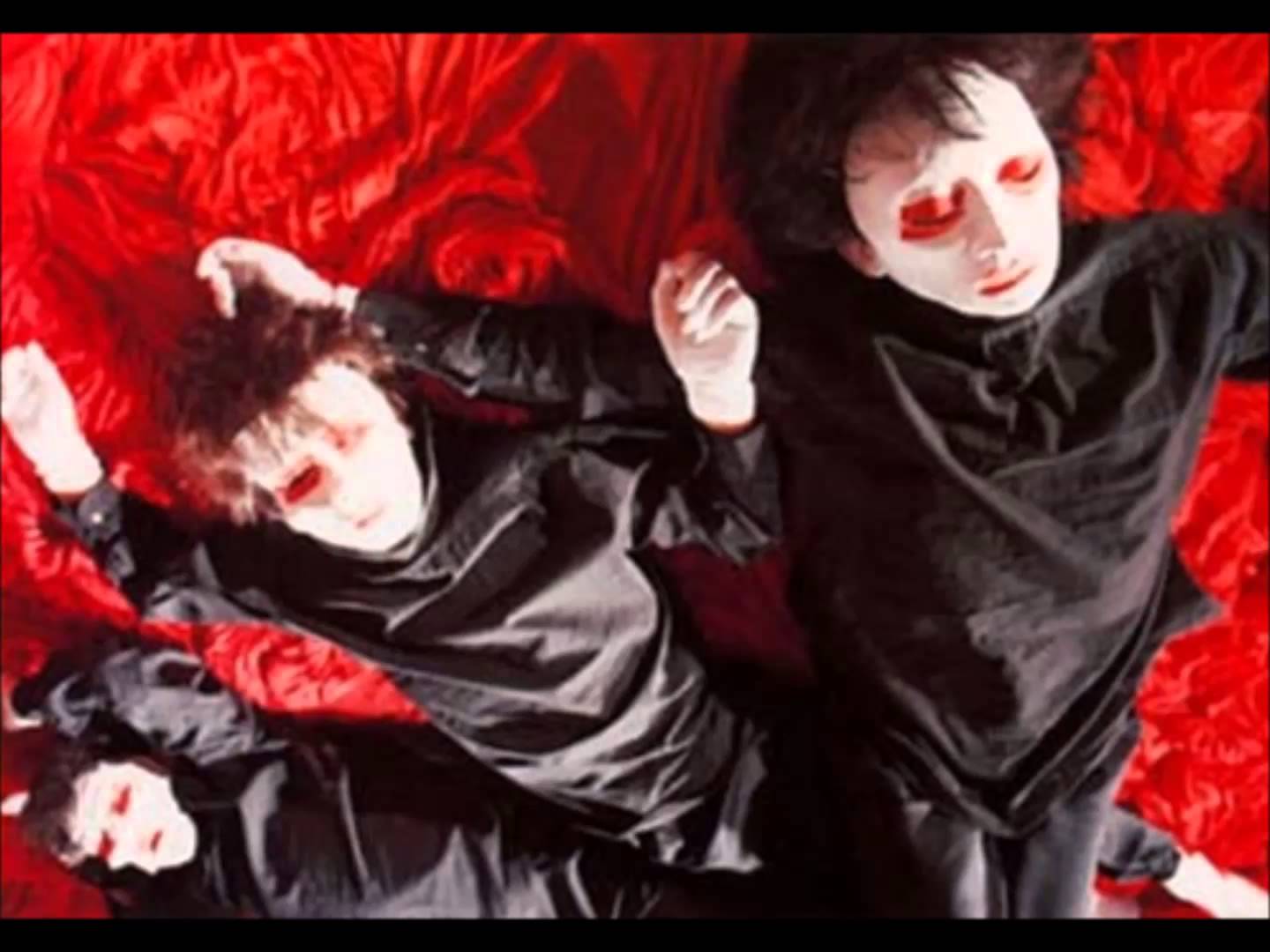The Cure: Behind The Make-Up
it was a beacon, a bleak 'un, a black sun, radiating darkness and despair like Durer's Melencolia from a place in the corner, just out of view. You didn't need to have heard the album Pornography by The Cure to experience it: its gravitational pull drew you in.
It was a beacon, a bleak 'un, a black sun, radiating darkness and despair like Durer's Melencolia from a place in the corner, just out of view. You didn't need to have heard the album Pornography by The Cure to experience it: its gravitational pull drew you in.
If you were a teenager in the mid-1980s, growing up in the far-flung provinces, you were primarily aware of The Cure because of one song, "Lovecats", a playful piece of ragtime jazz, accompanied by a video in which the singer Robert Smith grimaced and grinned in lip-gloss and polka dots. You were nevertheless aware that, in their recent past, this band had made music which was as far from "playful" as possible.
In 1985, I was seeing a girl from the next town along who was older than me, posher than me and a few miles closer to the record shops of Cardiff. The Cure were her favourite band, The Smiths mine and we fought a good-natured feud over their supremacy. However, encouraged by a few hits, I'd invested in the greatest hits album Standing On A Beach.
But The Girl From The Next Town Along sneered that I didn't know the real Cure. I conceded that she probably had a point. She was, after all, cooler and more sophisticated than me and she'd put in the hours tracking down albums that had never come near my local Woolworths.
Side 1 of Standing On A Beach spoke of a whole secret history. The Cure's early efforts, I discovered, had been naive, shambolic New Wave pop: sometimes charming ("Boys Don't Cry"), sometimes plain rubbish ("Killing An Arab", "Jumping Someone Else's Train"). There was one song I vaguely recognised.
I'd first heard "A Forest" aged 12. The track was diffident, inscrutable and enigmatic, devoid of a hook, based on a brooding bassline and a wash of synths. I shrugged, and moved on. Five years later, "A Forest" made sense as a precursor to the nagging paranoia of "Primary" and the utter desolation of "Charlotte Sometimes". I was learning to love The Cure, and not just to impress The Girl From The Next Town Along.
One song, however, proved more indigestible than most. "The Hanging Garden", the sole single lifted from the Pornography album, was a cacophony of rumbling drums and quasi-psychedelic guitars, with couplets such as "Catching haloes on the moon / Gives my hands the shapes of angels..." How anyone thought this stood a chance of being a hit bewildered me.
But the next time I heard it, it made sense. I was at university and had all the time in the world to discover "the real Cure". I was, by now, a bit of a goth. (OK, a lot of a goth.) I'd learned that, while it may not be the finest example of their early work (I'd make a case for "Faith"), nor their most accessible album (The Head On the Door), nor their most complete (Kiss Me, Kiss Me, Kiss Me), nor their most unified and consistent (Disintegration), Pornography was their most talismanic, revered release.
I could now place Pornography in its proper historical context: post-Joy Division, pre-Sisters Of Mercy, contemporaneous with the heydays of Bauhaus and Siouxsie.
I could finally understand Smith's state of mind better. As well as being voracious consumer of LSD, Smith was also, on this evidence, a manic depressive. Pornography begins with a line so cartoonishly depressing that it's almost camp: "It doesn't matter if we all die..." It doesn't cheer up much from there on in, either.
Pornography is re-issued in a Deluxe Edition with a whole disc of demo versions, live tracks and rejected offcuts, mostly fumbling, rudimentary instrumentals of which only "Temptation" might have become something more, and of which "Airlock - The Soundtrack" is the most perplexing, sounding like a bunch of children messing around in a sound effects department and improvising on a broken piano for 13 minutes.
The original contained just eight tracks, unusual even by the standards of its time. A hugely influential record, its slow, mechanised drums, heavily treated guitars and sombre synths anticipated The Sisters' Reptile House EP, the darker works of Depeche Mode and the more reflective moments of Nine Inch Nails and Marilyn Manson, and Smith's yelping vocal style is echoed in current acts such as The Rapture, The Killers and Hot Hot Heat. Lyrically, many themes would find echoes in the work of Kurt Cobain.

Pornography is aptly named; Smith has never been more naked before or since. While his words may appear pretentious, there's precious little artifice: these are emotions laid bare. By the album's final lines, you realise that, for Smith, the jollity of the "Lovecats" era wasn't just a luxury but a necessity: "I must fight this sickness / Find a cure / I must fight this sickness."

Comentarios
Publicar un comentario